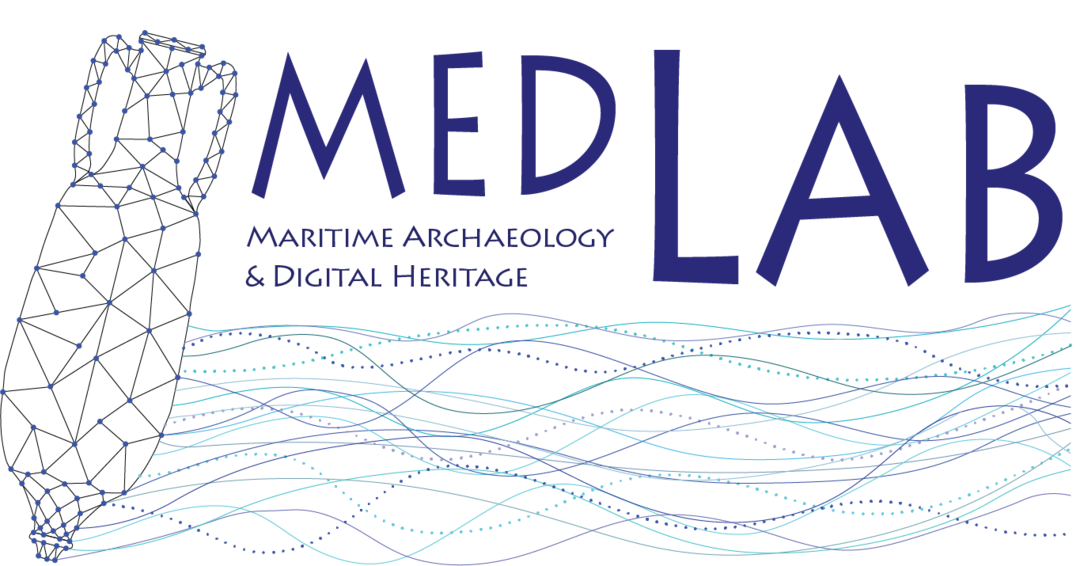MEDLab
Located within the Stanford Archaeology Center, the Maritime Archaeology & Digital Heritage Lab (MEDLab) focuses primarily on the two areas of research that comprise its name. Our work explores long-term interactions with and across the sea, especially in the Mediterranean and adjacent waters. We seek not only a better understanding of the tangible and intangible heritage of human mobilities and coastal livelihoods, but a deeper scholarly and public engagement with maritime connections, disruptions, and their ongoing entanglements and representations in contemporary societies. To this end, we leverage 3D modeling and other digital technologies to document, analyze, preserve, and reflect these material and ephemeral traces.
This research takes us into the field, where our projects are focused on ships, ports, ceramics, and other archaeological remains of seaborne mobilities, interactions, and exchanges in Sicily, Turkey, and elsewhere. Ongoing projects explore the development of ceramic transport containers and their role in everyday commerce, the logistics of Roman shipment of marble and other specialized materials, a long-term human-environmental history of tuna fishing, an archaeology of contemporary central Mediterranean displacement, and programming for a new local Museum of the Sea in southeast Sicily. Work on each of these projects extends from the seabed to the shore, from the museum to the archives and living traditions of communities, and from the field back into the lab. Each seeks new insight into the social, economic, political, and ecological experiences of life on and along the water. And each involves international teams of professional, graduate, undergraduate, and community researchers. Our research engages multivocal, reflexive, and collaborative heritage approaches to the many unfinished histories of movement that embrace past and present.
The MEDLab supports these projects and those of other researchers within Stanford’s archaeological and heritage community through a range of equipment that facilitates compositional analysis (ceramic petrography, portable XRF), 3D modeling (structured light scanning, laser scanning, photogrammetry, computational morphological analysis), and spatial/social analysis (geographic information systems, social network analysis, agent-based modeling, energetics). Workshops, seminars, and small classes building on these resources take place in the lab, helping students to prepare for summer fieldwork opportunities and continue participation in this research year-round back on campus.
Interested in joining our work? Get in touch!

